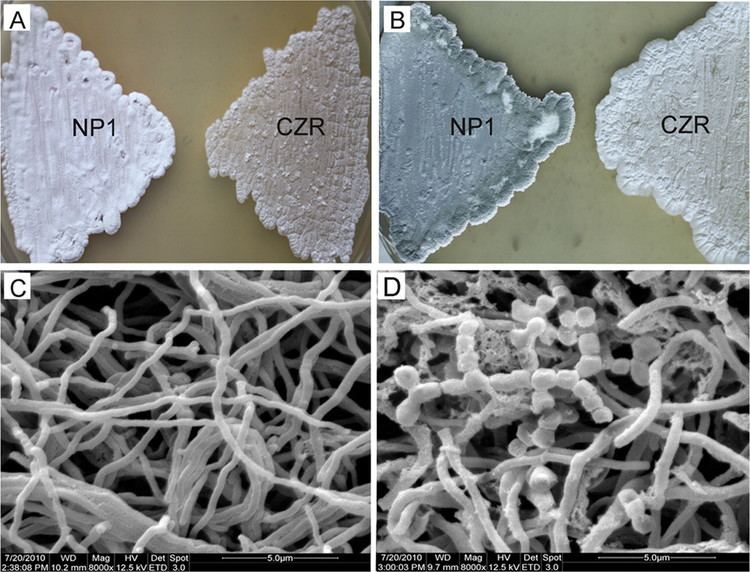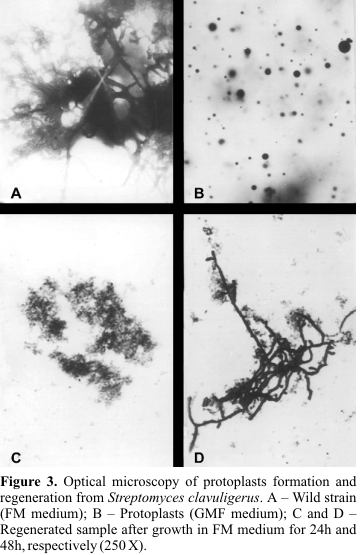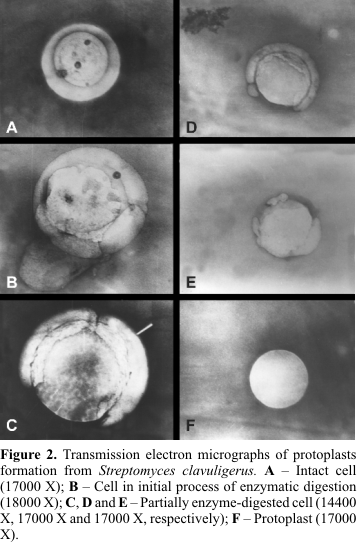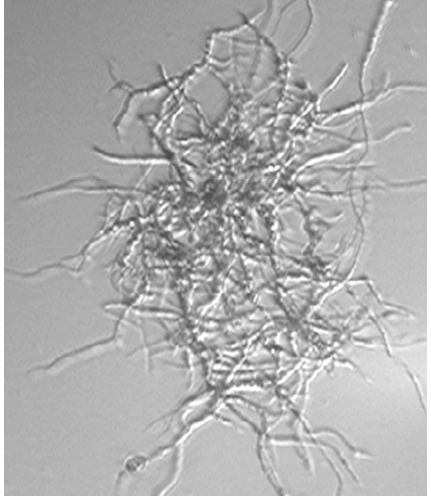Order Actinomycetales | Scientific name Streptomyces clavuligerus Rank Species | |
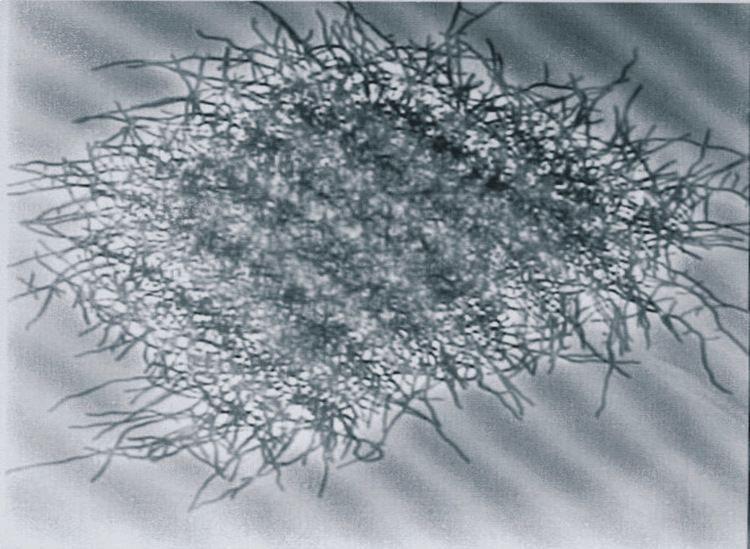 | ||
Similar Streptomyces, Bacteria, High GC gram+, Streptomyces coelicolor, Streptomyces griseus | ||
Streptomyces clavuligerus is a species of Gram-positive bacterium notable for producing clavulanic acid.
S. clavuligerus ATCC 27064 (NRRL 3585, DSM 738) was first described by Higgens and Kastner, who isolated it from a South American soil sample. Its name refers to the shape of its spore-bearing hyphal branches: from the Latin, clavula, meaning little club, and igerus, meaning bearing. S. clavuligerus spores are gray to grayish-green.
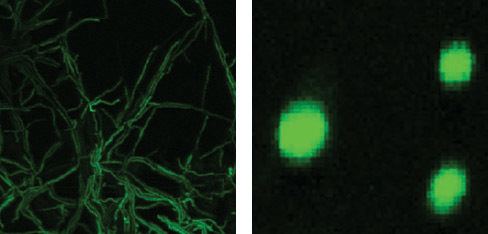
S. clavuligerus produces over 20 secondary metabolites, including many beta-lactam antibiotics such as clavulanic acid, cephamycin C, deacetoxycephalosporin C, penicillin N (an intermediate in cephamycin C pathway), and at least four other clavams. Non-β-lactam antibiotics include holomycin and an antibiotic complex, MM 19290, related to tunicamycin; a beta-lactamase-inhibitory protein (BLIP) has also been described.
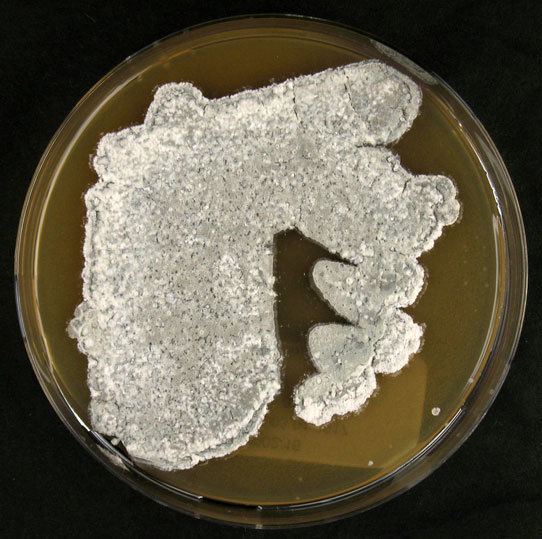
Another important characteristic of S. clavuligerus is that it is not able to use glucose as a carbon source because it lacks a glucose transport system.
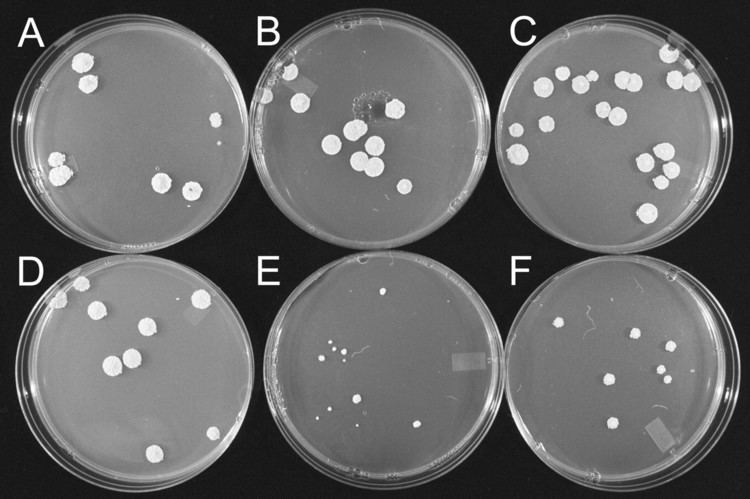
It also possesses all the enzymes of the urea cycle, which is unusual for a prokaryote, although it is not clear whether the urea cycle is functional.
